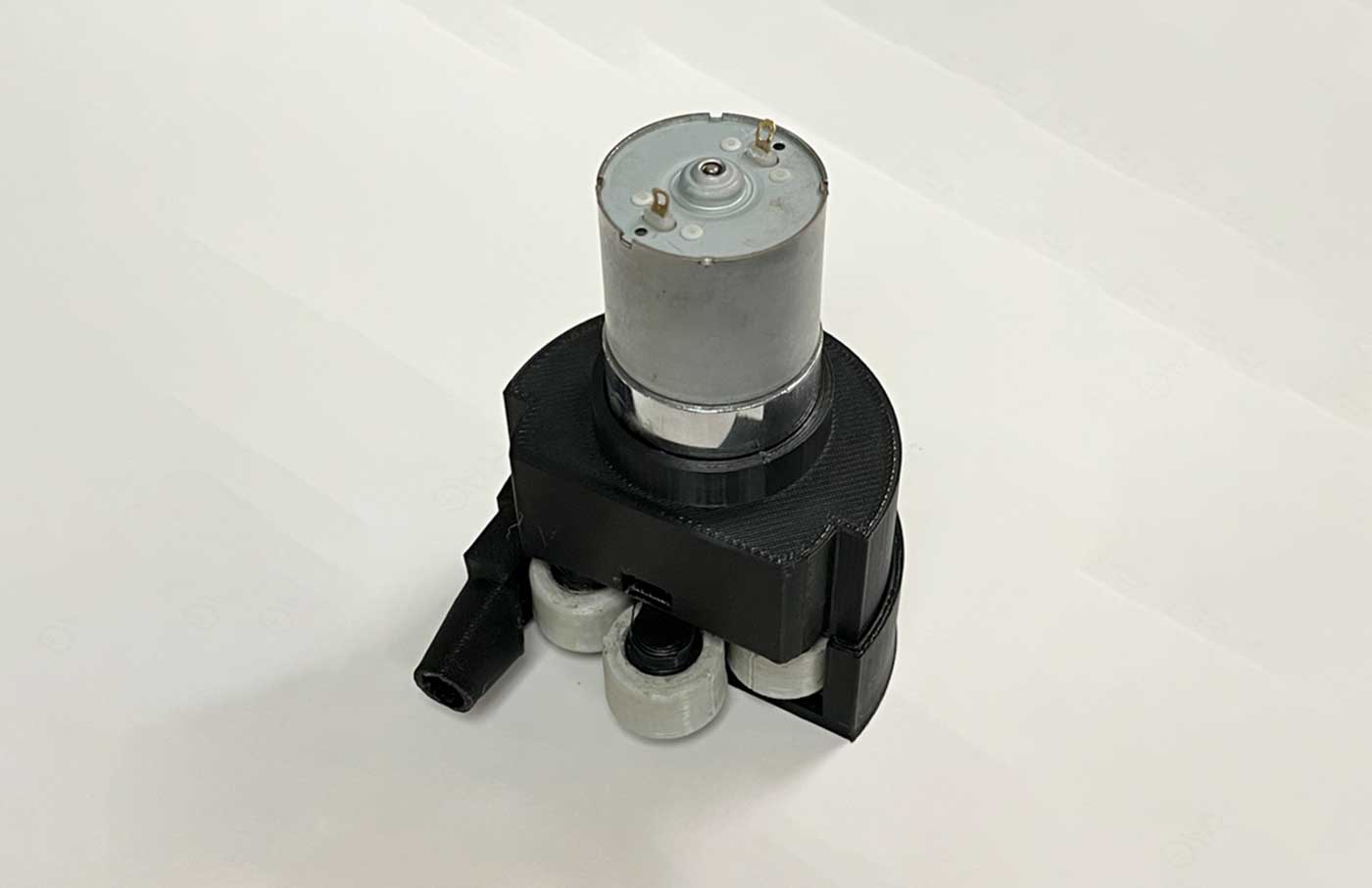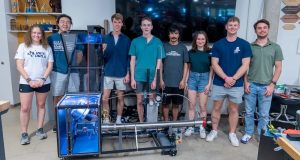MIT researchers have created a miniature vacuum pump using 3D printing. The device would be a key component of a portable mass spectrometer that could help monitor pollutants or perform medical diagnoses in remote parts of the world.
The pump can create and maintain a vacuum ten times lower than the pressure of a conventional pump. Its special design, which can be printed in one pass with a multi-material printer, prevents leaks while reducing frictional heat, which increases the life of the device.
The miniature peristaltic pump offers great potential for integration into portable mass spectrometers for monitoring soil contamination in remote regions. In addition, it would be ideal for geological survey equipment on Mars, as it can be easily and inexpensively transported into space.
Luis Fernando Velásquez-García, lead author of the study and a senior scientist at MIT, emphasized that the innovative 3D-printed peristaltic pump is a game-changer for mass spectrometers, especially because of its outstanding performance and affordability. He added that this breakthrough is only possible thanks to 3D printing technology.
“One of the key advantages of using 3D printing is that it allows us to aggressively prototype. If you do this work in a clean room, where a lot of these miniaturized pumps are made, it takes a lot of time. If you want to make a change, you have to start the entire process over. In this case, we can print our pump in a matter of hours, and every time it can be a new design,” Velásquez-García says.
In addition to Luis Fernando Velásquez-García, the paper’s lead author, the team included Han-Joo Lee, a former postdoctoral researcher at MIT, and Jorge Cañada Pérez-Sala, a doctoral student in electrical engineering and computer science. The published work can be found in the journal Additive Manufacturing.
In mass spectrometers, samples are pumped and subjected to an electric charge to convert atoms into ions. An electromagnetic field is used to manipulate these ions in a vacuum and determine their mass, identifying the molecules contained in the sample. Maintaining the vacuum is critical, otherwise inaccurate results are produced.
The researchers used a multi-material 3D printer to create the pump’s flexible tubing from a unique hyperelastic material. The ideal size of the notches in the tubing was achieved through 3D printing to prevent leaks. The pump proved powerful in testing, producing a high-quality vacuum and requiring only half the force of conventional pumps.
Find out more about the MIT at mit.edu.
Subscribe to our Newsletter
3DPResso is a weekly newsletter that links to the most exciting global stories from the 3D printing and additive manufacturing industry.




























